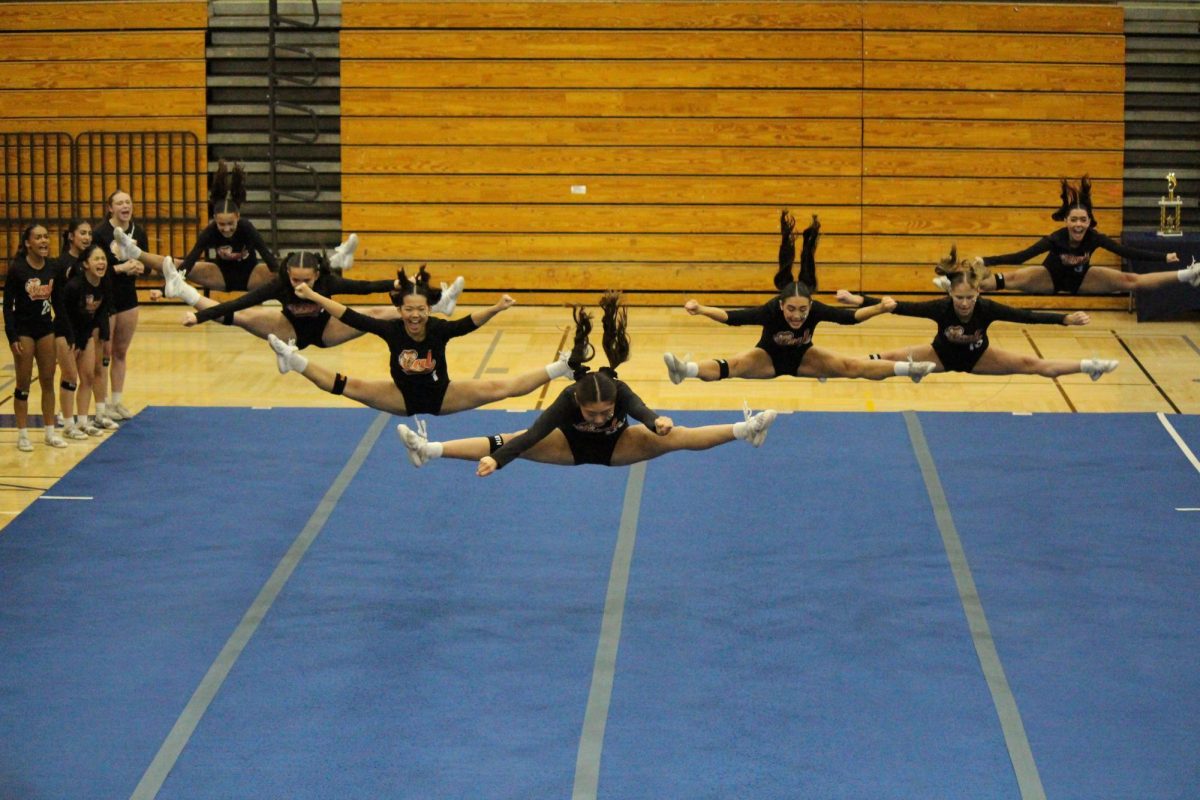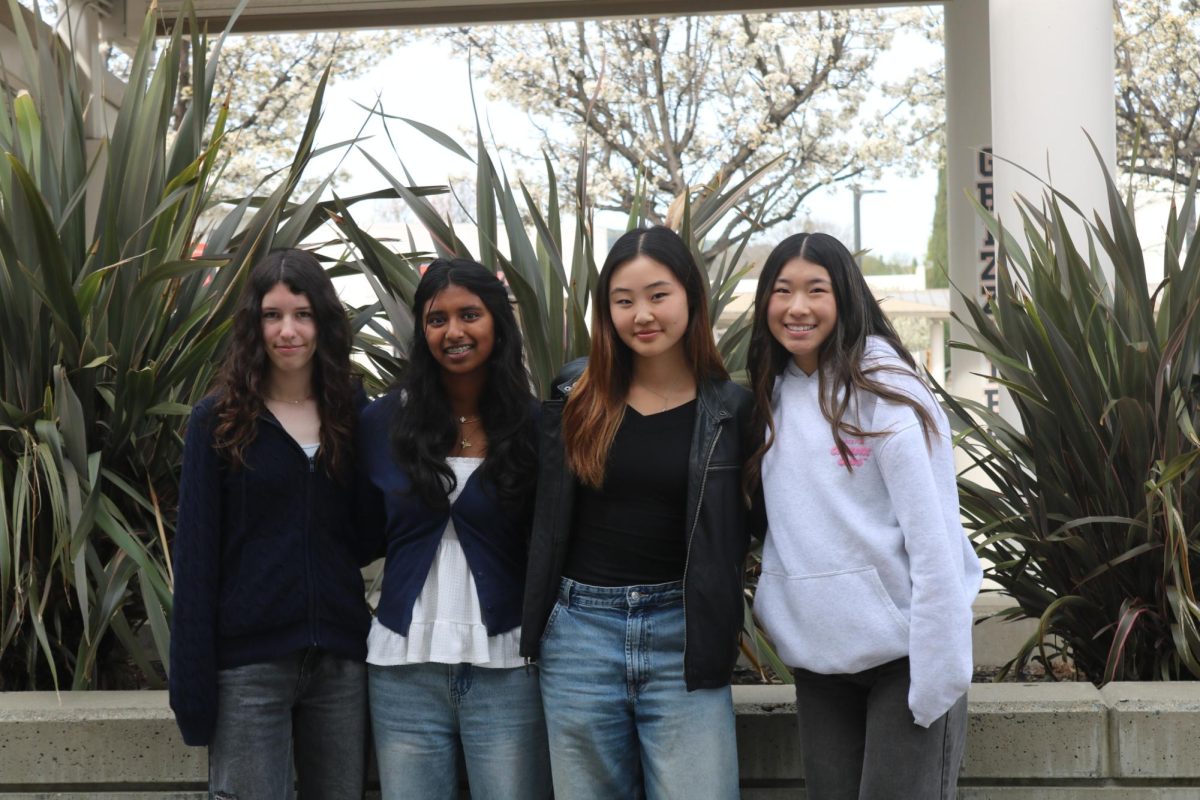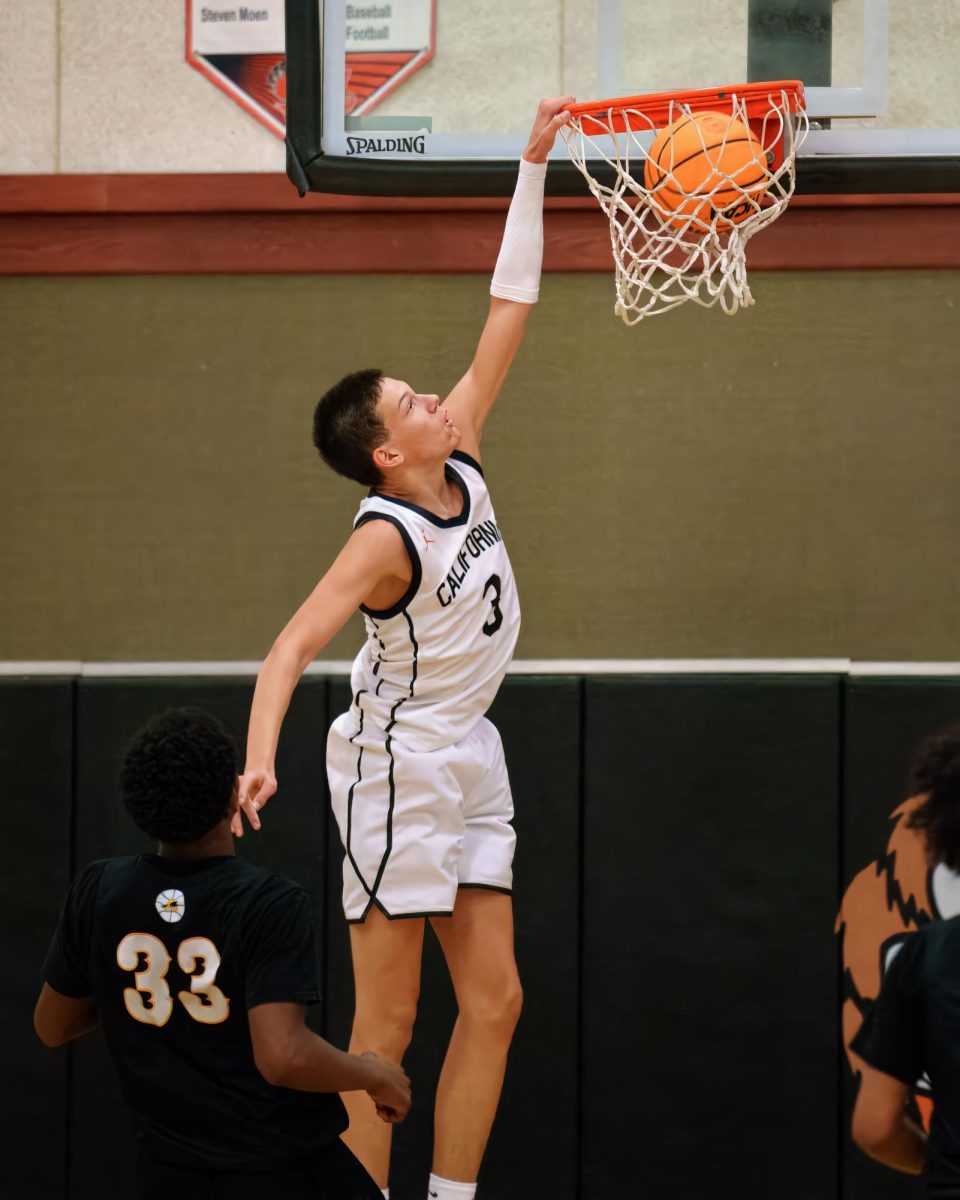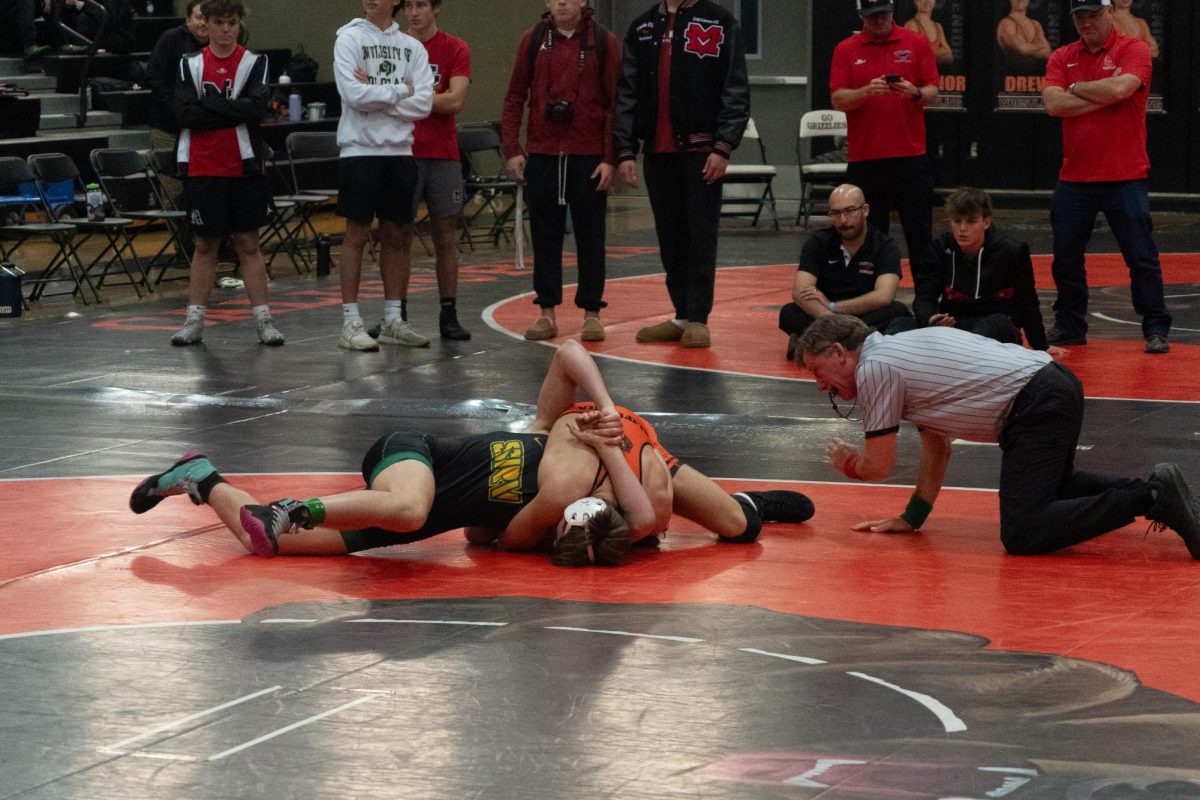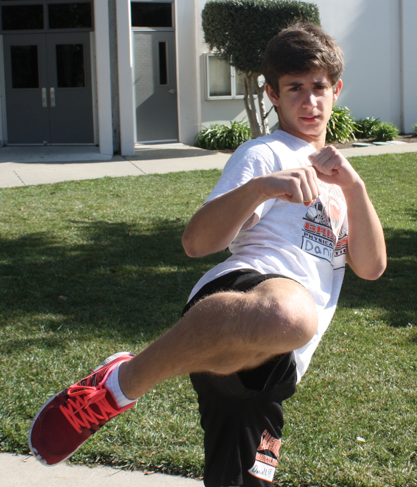
Speed, balance, power, control, and focus are all necessities in making a martial arts master.
After 11 years, 11 belts, and three extra degrees on his black belt, freshman Daniel Livschitz can proudly say he’s just that.
Livschitz is internationally ranked among the top six of his division in Taekwondo for National Team Trials after his recent fourth place performance at the U.S. Open last weekend.
The 14-year-old beat a former U.S. champion 11-7 and a state champion 17-1 before losing in overtime to a multi-time Canadian champion and open winner. Livschitz lost by a point in overtime after tying his opponent 14-14 in regulation.
Livschitz also medaled at the U.S. Open in February 2013, and participated at Nationals in Denver last year.
“[In the future] I want to make the nationals team in June and hopefully represent the U.S at the Youth Olympics,” said Livschitz, who has been on the national team trials three times.
To qualify for the national team, one has to win the state championships. Athletes must attend a state championship to participate in the USAT (USA Taekwondo) National Championships.
At the national championships the winner of each black belt division will be named to the national team.
At the 2013 Youth Olympics, Livschitz placed third in the cadets category where he competed against Canadian runner up Philippe Berthelot.
The next Youth Olympics will take place later this year. In order for Livschitz to qualify he has to place well at the U.S. Open, which he did, and have a good showing at the California Championships in April.
“I actually started because my older sister did,” said Livschitz, who knew at age four that he wanted to take Taekwondo. “I just really liked it and just got more and more serious.”
Livschitz’s parents recognized their son had talent, so they supported his passion.
“[We noticed Daniel’s talent] when he started spending more and more free time training and trying to improve himself,” said his father, Leonard Livschitz.
What used to be a mere hobby for Livschitz has turned into a full fledged passion. He typically spends 30-40 hours a week training at Mach Martial Arts, located in San Ramon and Pleasanton. He practices sparing, perfecting forms, and many more skills critical to doing well.
Livschitz also works at Mach Martials Arts as an instructor to help encourage and train beginners and young children.
“Taekwondo has given him a job where he can teach and pass on knowledge along with becoming an athlete with larger opportunities and victories ahead,” said his mother, Victoria Livschitz.
Livschitz’s support network extends to his friends as well.
“[When Daniel performs]he gets in the zone and gets really calm,” said his friend Sebastian McAnulty, a freshman. “He really knows what he’s doing and does it well.
The sport has cut into Livschitz’s school and social life because he often has to travel to attend tournaments around the country.
“Taekwondo is one of the most important things in my life, so I had to put that in front of a lot of social things to go to training,” Livschitz said.
What exactly is Taekwondo? In Korean “Tae” means foot, leg, or to step on, “Kwon” means fist or fight, and “Do” means way or discipline. In the English spelling Taekwondo is typically three words, while traditionally it’s one word in Korean.
Unity plays a big part in Taekwondo, which requires a connection between the body, mind and lifestyle. Without this connection, the unity of Taekwondo poses would be impossible to achieve.
In order to earn a third degree on a black belt, Livschitz was required to have two years of good attendance, give a verbal speech on what martial arts means to him, know all the information from the student handbook, have impeccable endurance, know all stances blocks and strikes, and be able to break boards and several other objects.
“What kept me motivated was seeing other athletes compete and win national titles,” Livschitz said. “I could envision how that must feel.”
